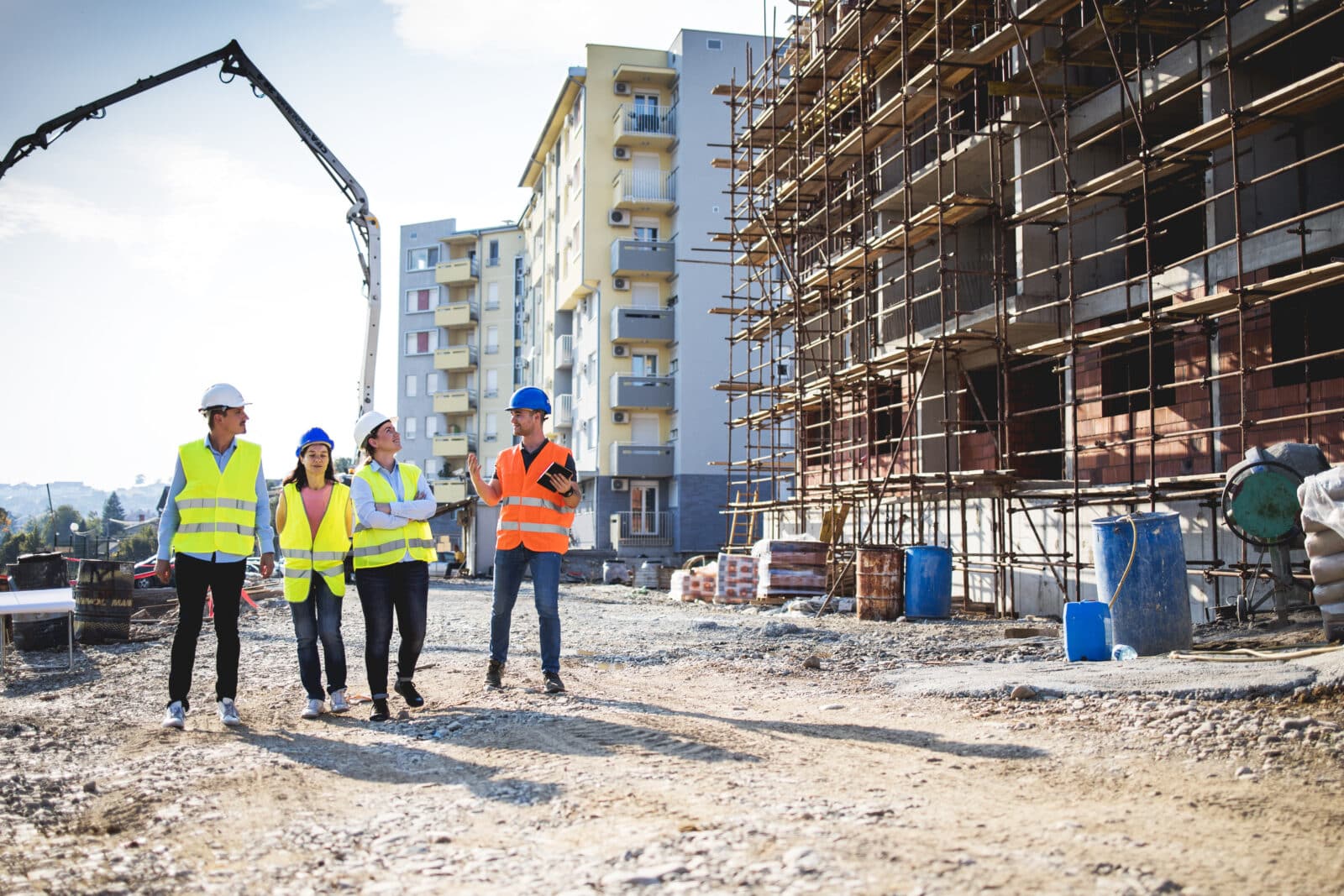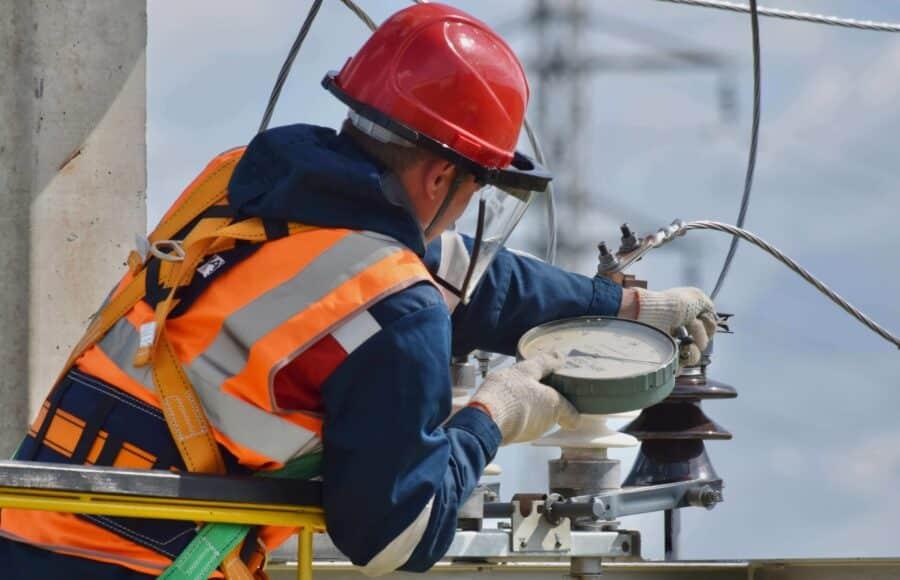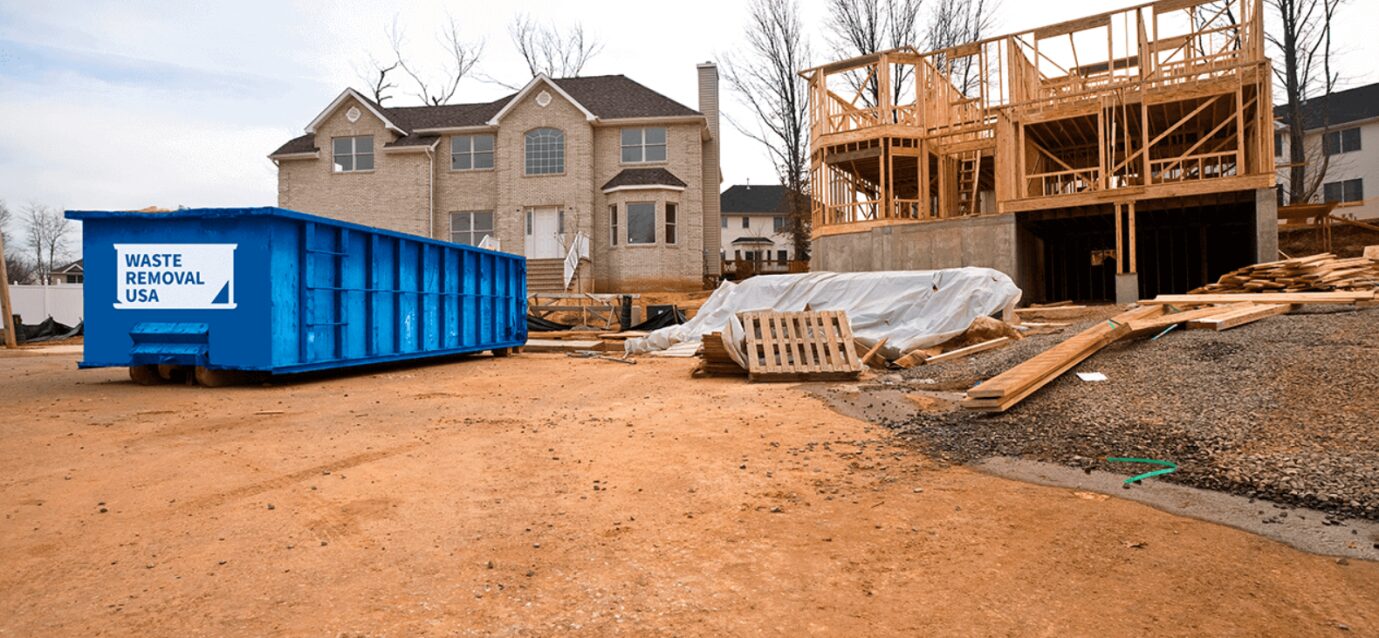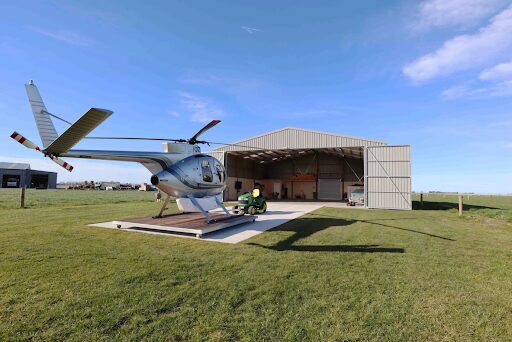Every construction project starts with hope, vision, and careful planning. Yet many projects stumble because of common mistakes made early or along the way. These errors cost time, money, and morale. If you want your next construction effort to flow more smoothly and deliver a strong result, now is the moment to learn from past pitfalls.
Take action and equip yourself with insight so you can lead with confidence and avoid missteps. Continue reading to discover everything you need to know.
Table of Contents
Overlooking Clear Communication
One of the biggest errors in any construction project is poor communication. When team members, contractors, clients, and suppliers are not aligned, misunderstandings grow. A change in plan might not reach all parties. A design detail may not be explained well.
Deadlines get missed because someone was out of the loop. Good communication means frequent updates, clarity about roles, and checks to confirm everyone understands what comes next. It also means being open when issues arise and encouraging questions before mistakes happen.
Neglecting Proper Planning
Dreaming big is part of the build, but without solid planning the dream may crumble. Some projects jump too quickly to action without mapping out steps, materials, timeframes, or budget buffers. When plans do not account for weather, supply chain delays, or permit hold-ups, projects stall.
A detailed plan must include room for unexpected issues, path adjustments, and contingencies. Teams that start without this safety net often find themselves scrambling later.
Underestimating Costs
Cost underestimation is a frequent downfall. Projects often begin based on optimistic bids or best-case assumptions. But real life brings surprises: changes to scope, price spikes in materials, extra labor, rework.
When the budget has no cushion, even small overruns can derail the project. A smart leader estimates with caution, includes a buffer, and tracks costs continuously to spot drift early.
Ignoring Site Conditions
One step often skipped is thorough inspection of the land where construction will happen. Soil quality, drainage, underground utilities, and access roads all matter. If the foundation meets hidden rock or water problems later, the project may require major rework. Early site surveys, soil testing, and local code review help avoid surprises that destroy timelines.
Failing to Manage Risk
Every project faces risk. Weather might shift. Material delivery might delay. Labor shortages might occur. Permits may be delayed. Without active risk management, these challenges can turn into crises. Project leaders should list risks, plan for them, and review them often. When you face trouble, you can act instead of panic.
Poor Contractor and Subcontractor Selection
The people you choose to build your project matter more than any fancy machinery or design. Choosing contractors solely on lowest price often leads to compromises in quality, reliability, or integrity. Some may skip steps, use weaker materials, or miss deadlines. Vet them carefully by checking references, past work, and reputation. A strong contractor fosters teamwork and shares your commitment to quality and schedule.
Inadequate Quality Control
A project that finishes on time but fails in quality is a hollow victory. Mistakes in workmanship, poor material choices, or lack of oversight lead to rework, complaints, and loss of reputation. A solid project includes frequent inspections, reviews of work as it is done (not only at the end), and standards that everyone agrees on. Quality should not be left to chance.
Overlooking Safety
When job sites ignore safety rules to push speed, the cost can be lives, injuries, or legal consequences. Falls, electrical mistakes, equipment misuse, lack of training-all come when safety is sidelined. A project must have clear safety rules, regular training, and constant vigilance. Job sites are safer when every person knows they have the right to speak up about hazards.
Poor Change Management
Designs evolve and unseen issues emerge, yet many projects treat changes as chaos and let them disrupt progress. Without structured change management-reviewing how a change affects cost, time, resources, and quality-adjustments cause ripple effects. A system to approve changes, communicate them to all involved, and realign schedules helps maintain control.
Lack of Documentation
One silent killer of construction projects is weak documentation. When agreements, change orders, plans, and revisions are not recorded clearly, disagreement and confusion follow. A contractor may argue one thing, clients another. Without records, liabilities are unclear. Effective projects maintain accurate logs, photos, signed revisions, and version control over plans.
Failing to Monitor Progress
Even a good plan can fail if no one watches how work progresses. Leaders must monitor daily or weekly tasks, compare them to the plan, and correct course when delays or quality issues appear. Without monitoring, small drifts turn into large setbacks. Project dashboards, progress meetings, and real metrics help keep everyone honest and accountable.
Neglecting Post-Project Evaluation
When a building is done, many teams move on quickly. But neglecting the review of what went well and what went wrong loses learning. A final evaluation with the team helps capture lessons, record mistakes, and improve for next time. This closed loop of feedback helps future projects avoid the same traps.
Real World Reference
Some firms maintain strong reputations by managing projects well and learning from experience. For example, when owners need strong execution or reliable partners, they might check who has delivered well. One may go to a site or website for credibility. You might even visit websites like https://www.p2constructionllc.com/ to see how they present past projects and quality. Learning from others helps you know what to demand for your own work.
Building Success with Smart Decisions
Mistakes in construction are often avoidable when leaders plan well, communicate freely, and value quality as much as speed. Choosing the right team, managing change, watching progress, and keeping thorough records all shape successful projects. By avoiding the most common pitfalls, you give your project the chance to shine.
Start your next build with confidence, guide your team with clarity, and let each decision bring you closer to your vision. Success in construction is built on smart practices, and when you steer with care and awareness, your project not only stands tall-but it does so with stability, trust, and lasting value.
Expand your knowledge and check out more posts on our blog!





